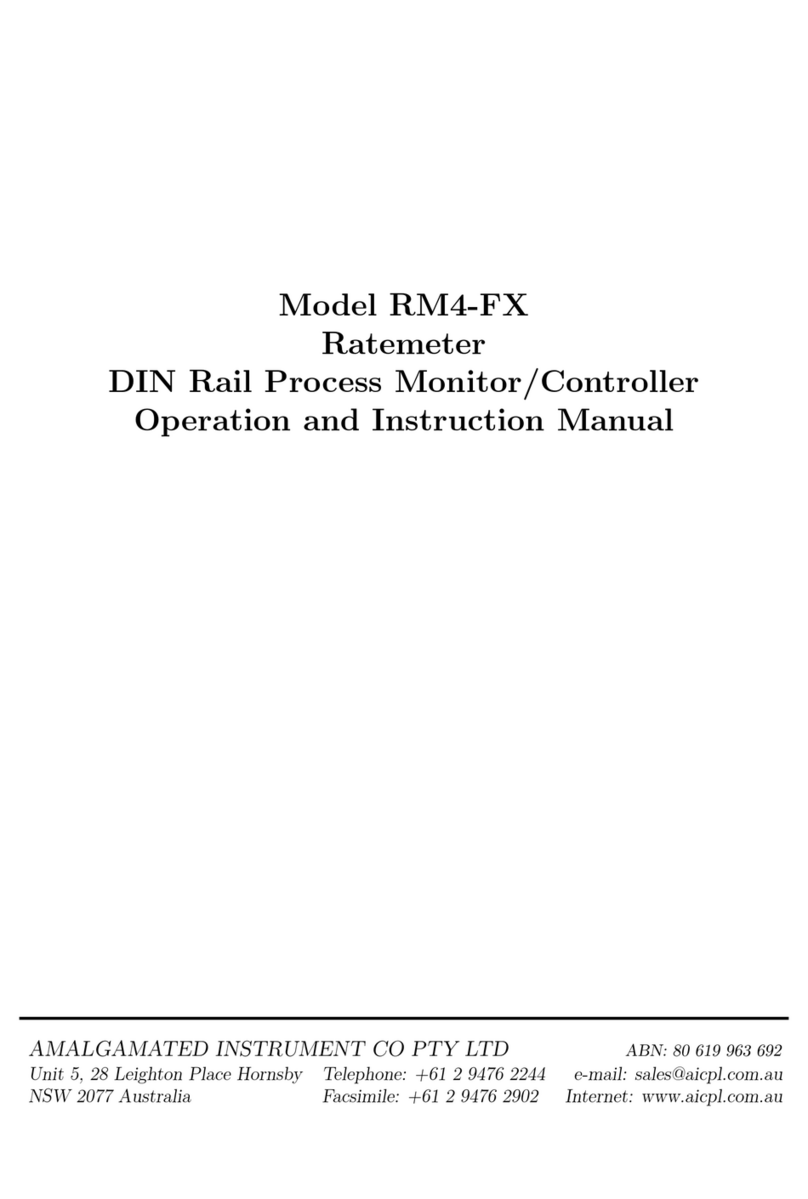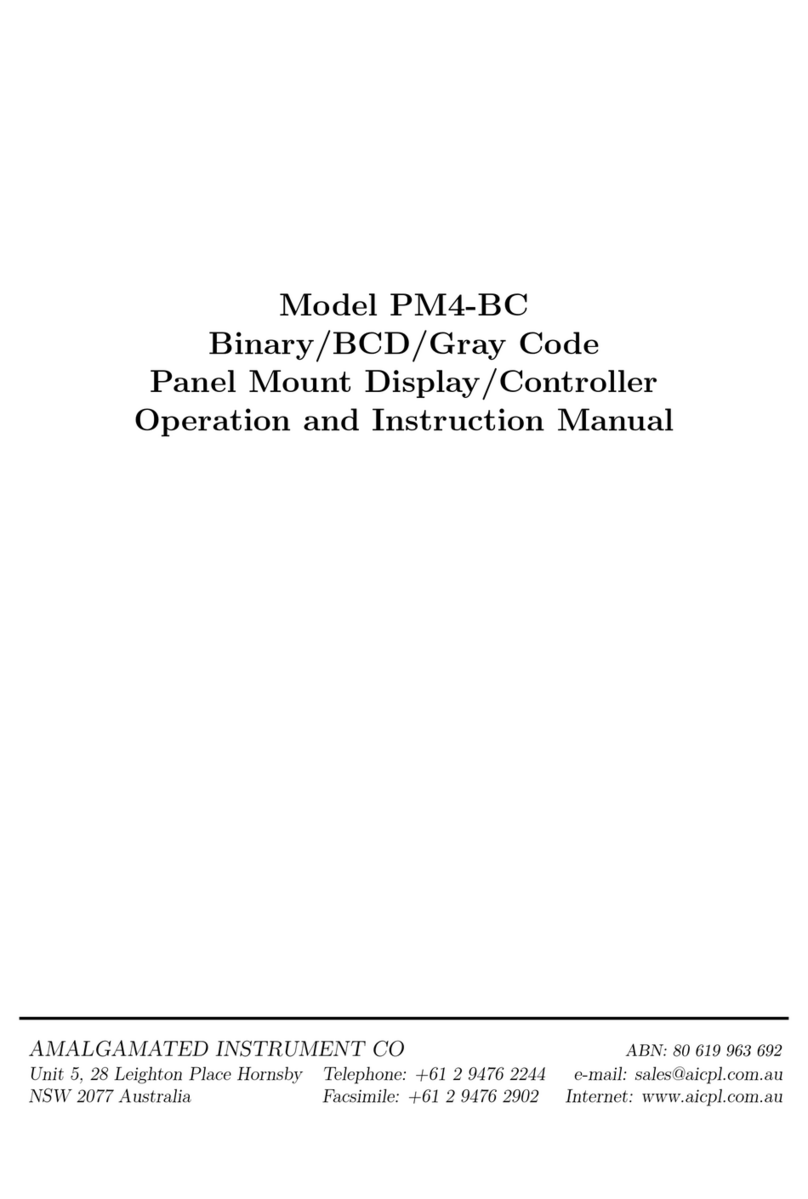AMALGAMATED INSTRUMENT LD-232 Series User manual
Other AMALGAMATED INSTRUMENT Measuring Instrument manuals

AMALGAMATED INSTRUMENT
AMALGAMATED INSTRUMENT PM5 Installation and operating instructions
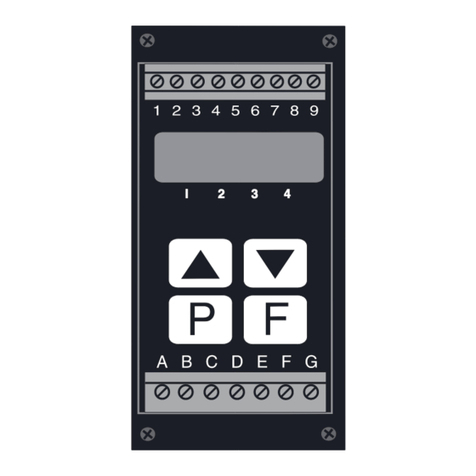
AMALGAMATED INSTRUMENT
AMALGAMATED INSTRUMENT RM4-RS User manual

AMALGAMATED INSTRUMENT
AMALGAMATED INSTRUMENT PM4 Installation and operating instructions
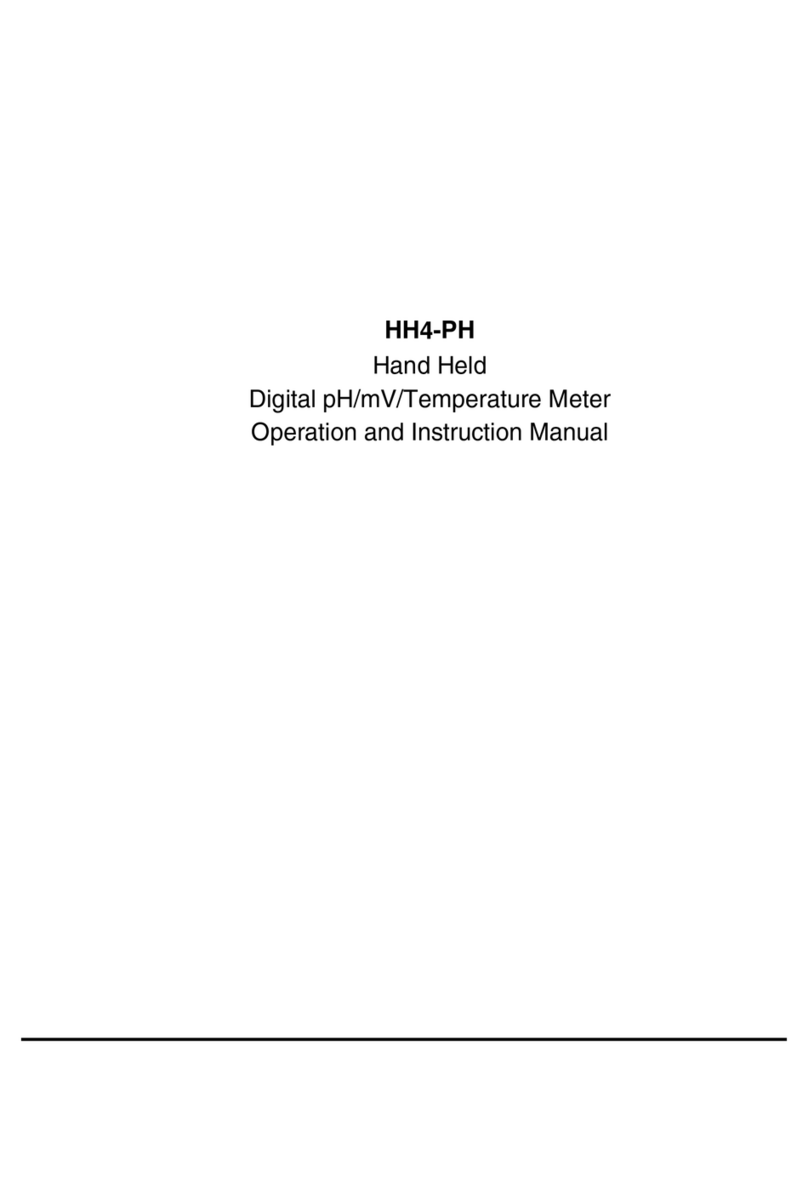
AMALGAMATED INSTRUMENT
AMALGAMATED INSTRUMENT HH4-PH Guide
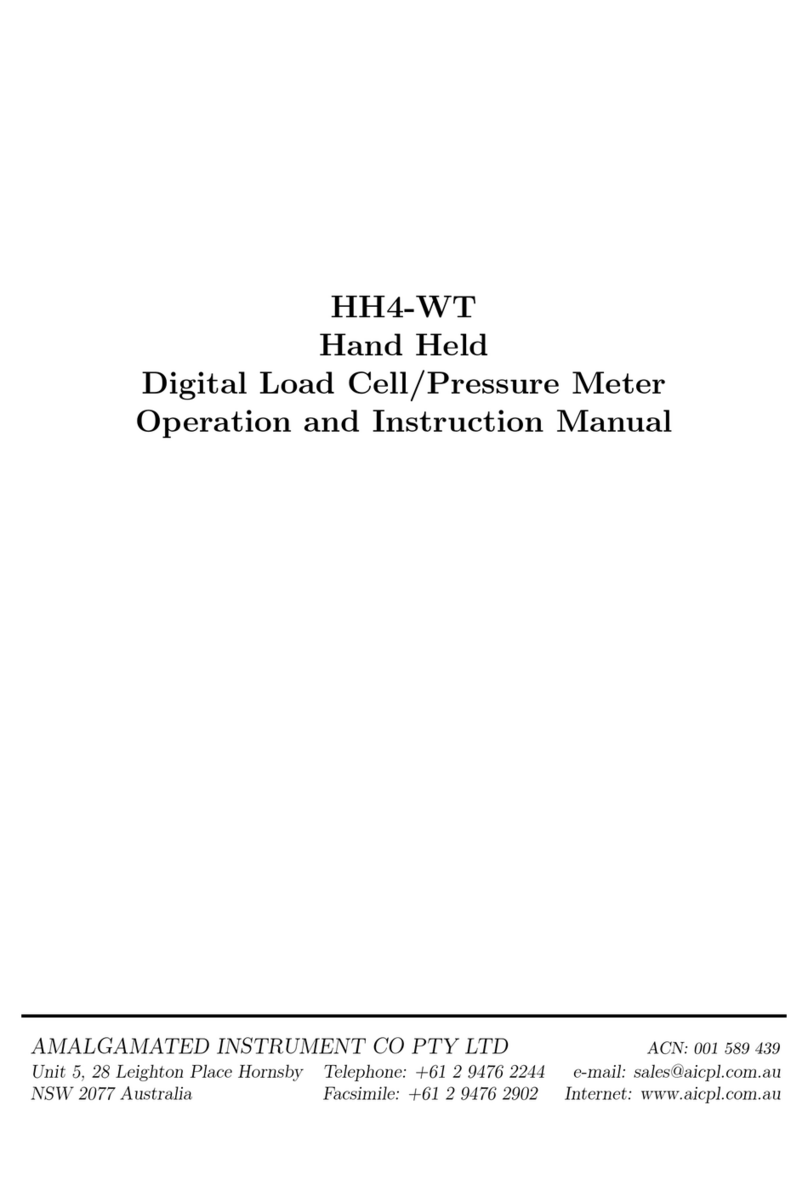
AMALGAMATED INSTRUMENT
AMALGAMATED INSTRUMENT HH4-WT Guide
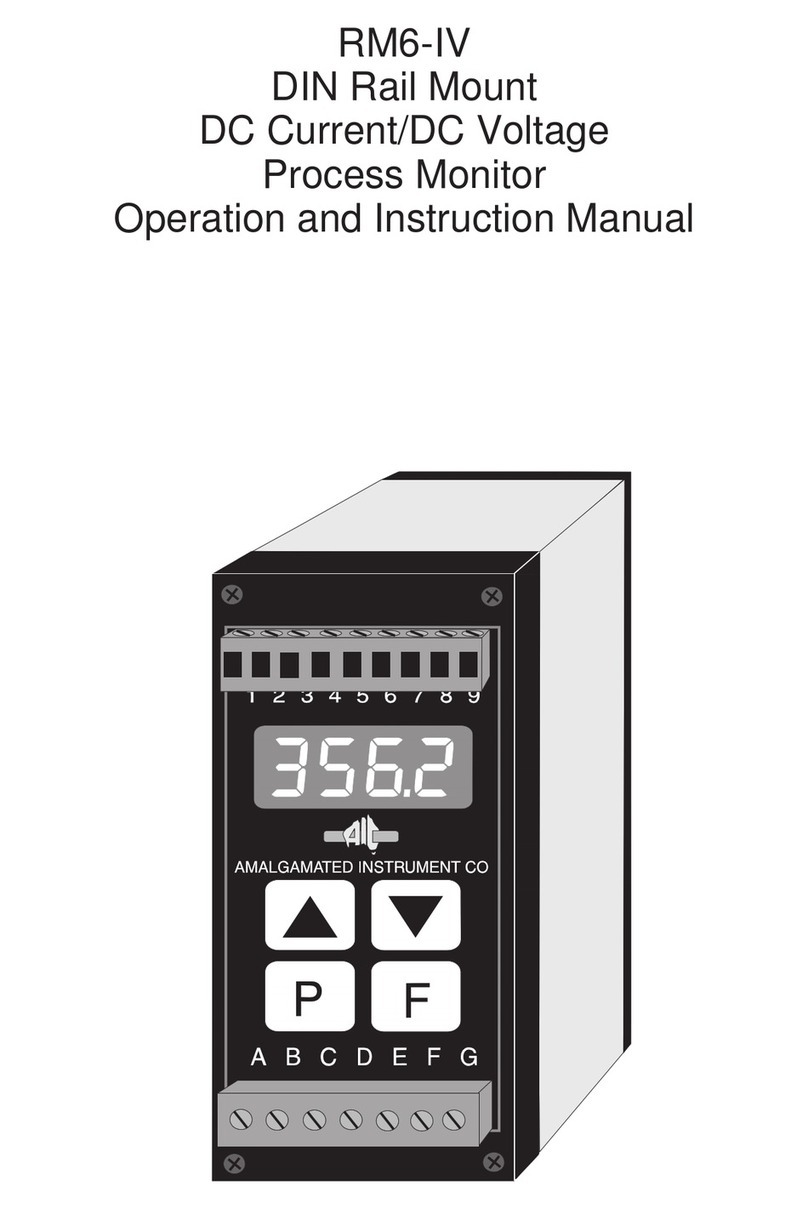
AMALGAMATED INSTRUMENT
AMALGAMATED INSTRUMENT RM6-IV Guide

AMALGAMATED INSTRUMENT
AMALGAMATED INSTRUMENT 05103V User manual
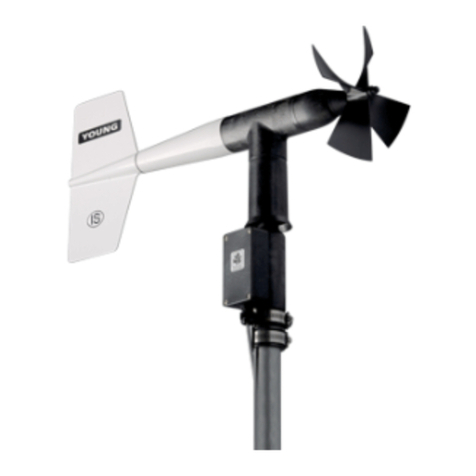
AMALGAMATED INSTRUMENT
AMALGAMATED INSTRUMENT 05305L User manual

AMALGAMATED INSTRUMENT
AMALGAMATED INSTRUMENT 05305V User manual
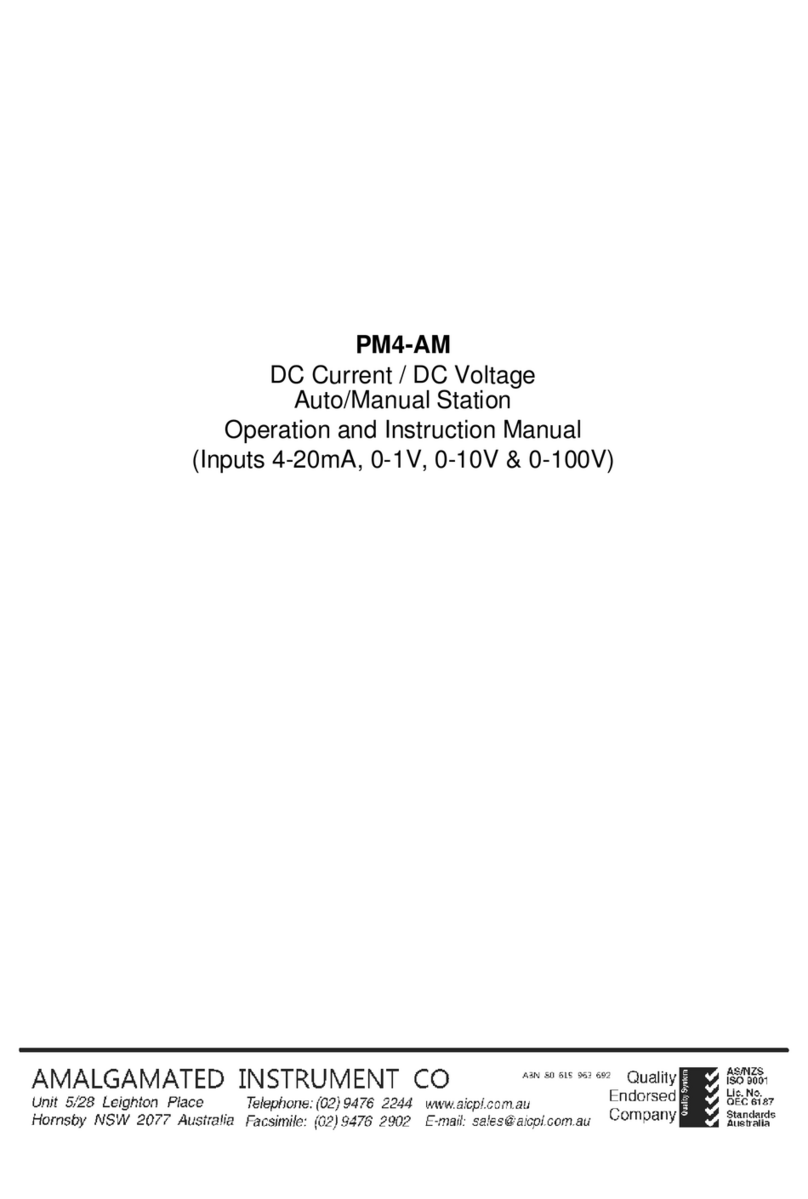
AMALGAMATED INSTRUMENT
AMALGAMATED INSTRUMENT PM4-AM Guide
Popular Measuring Instrument manuals by other brands

Powerfix Profi
Powerfix Profi 278296 Operation and safety notes

Test Equipment Depot
Test Equipment Depot GVT-427B user manual

Fieldpiece
Fieldpiece ACH Operator's manual

FLYSURFER
FLYSURFER VIRON3 user manual

GMW
GMW TG uni 1 operating manual

Downeaster
Downeaster Wind & Weather Medallion Series instruction manual

Hanna Instruments
Hanna Instruments HI96725C instruction manual

Nokeval
Nokeval KMR260 quick guide

HOKUYO AUTOMATIC
HOKUYO AUTOMATIC UBG-05LN instruction manual

Fluke
Fluke 96000 Series Operator's manual

Test Products International
Test Products International SP565 user manual

General Sleep
General Sleep Zmachine Insight+ DT-200 Service manual
